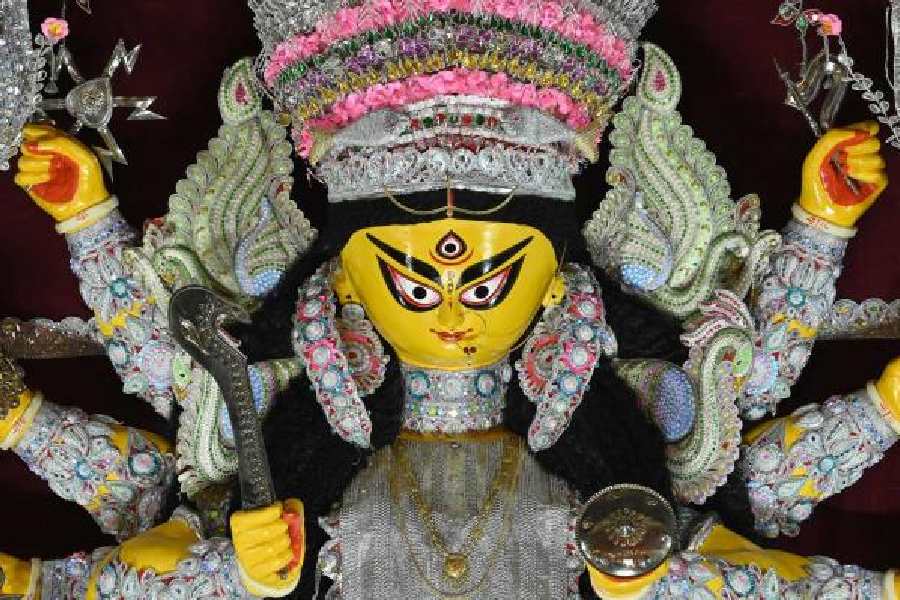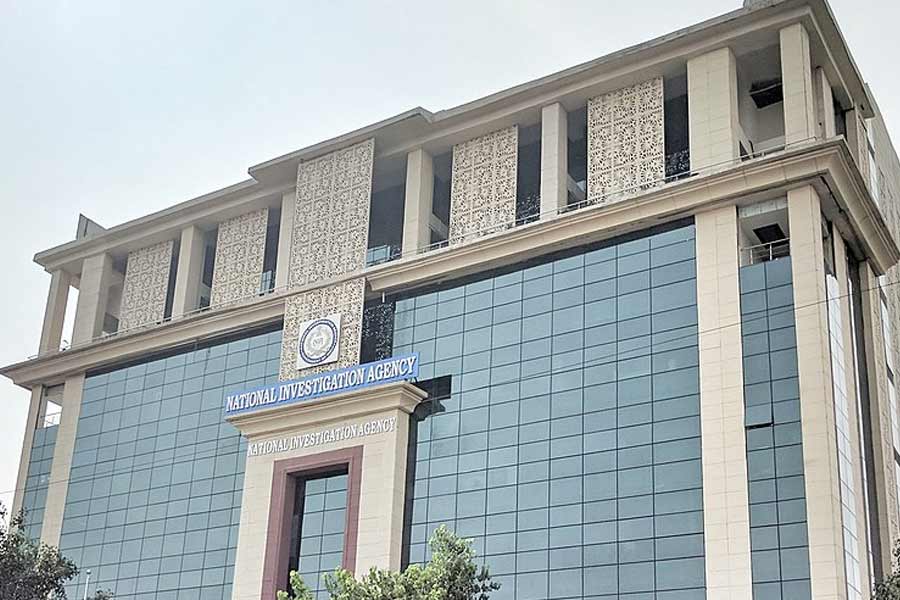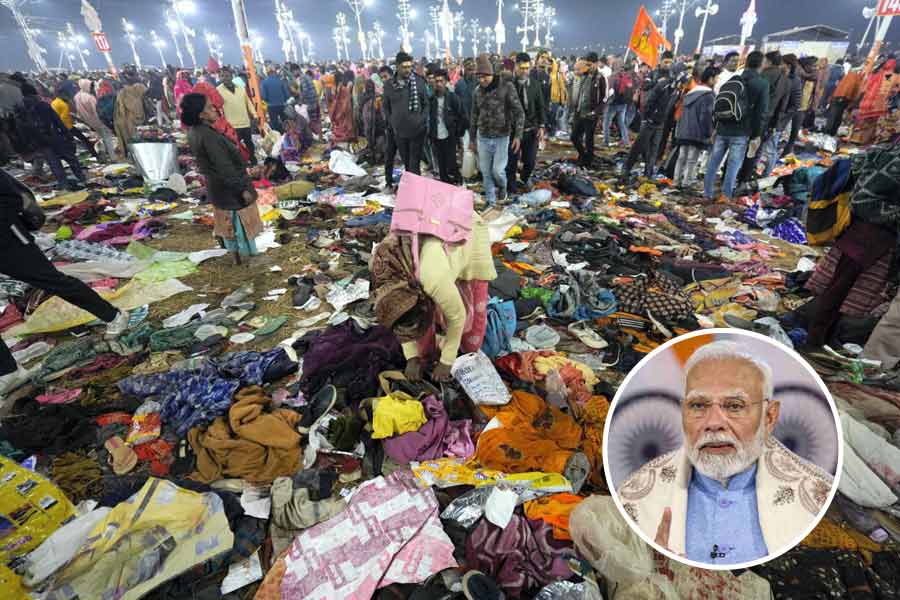Goddess Durga, it is believed, was created to achieve the impossible — slay a demon that no other god or man could. But that is not the only impossible that the deity has made possible. In West Bengal, she brings together two disparate spheres — the creative and the economic — that are usually seen to be in opposition. A study by the British Council, conducted after Unesco granted Durga Puja the intangible cultural heritage tag, has found that the festival unleashes the true potential of the state’s ‘creative economy’: revenue-generating industries based on creative fields, it has been reported, bloom during this time. In 2019, the creative economy of the Durga Puja earned the state a sum of over Rs 32,000 crore: that was 2.58% of its gross domestic product, with pandals (Rs 860 crore), idols (Rs 280 crore), the lighting (Rs 205 crore) doing their bit.
Art cannot flourish on an empty stomach. The economic rewards for art during the Pujas thus feed creativity. An elementary feature of this creativity are the innovative ‘themes’ that Puja organisers conceive for their pandals and the deftness with which these are executed. Interestingly, some of these themes are as audacious as they are creative. For instance, one city club this year has decided to pay tribute to a veteran nude sitter — an oft-neglected, but significant, spoke in the wheel of visual arts — who has modelled for veteran artists. Eccentricity and experimentalism are embraced with equal enthusiasm: a pandal has chosen to highlight a quaint artistic tradition of adorning cupboards from Rajasthan. Some other Pujas bank on innovation with a difference. Thakurbarir Sarodotsav, for instance, does not have rituals; instead, the offerings to the goddess are in the form of arts — music, dance and other forms. What this collective surge in imagination results in is the pushing of boundaries — artistic, social, cultural — that enriches the consciousness of the city and its residents. Of course, radicalism has always had its share of scepticism. Some of Kumartuli’s idol-makers, exquisite artists themselves but puritan in sensibilities, still look down upon the burgeoning tradition of themes, their creativity notwithstanding.
The British Council report revealed that 35% of the respondents — artisans, assistants, allied labour — earned 81-100% of their yearly income through the Durga Puja. There is thus a case to sustain the creative economy beyond this one festival. This is where Bengal’s markedly inclusive and joyous social calendar could come into play. Bengal’s social milieu is a wondrous mix of festivities cutting across religions with scope for a meritorious utilisation of their respective artistic and economic potential. Creating a market to sustain this diverse creative economy is something that the stakeholders — businesses, government and investors — could look into with some seriousness. It could well be baro mash e tero parbon then, but in a manner that enriches livelihood, social ties, culture and the economy.










